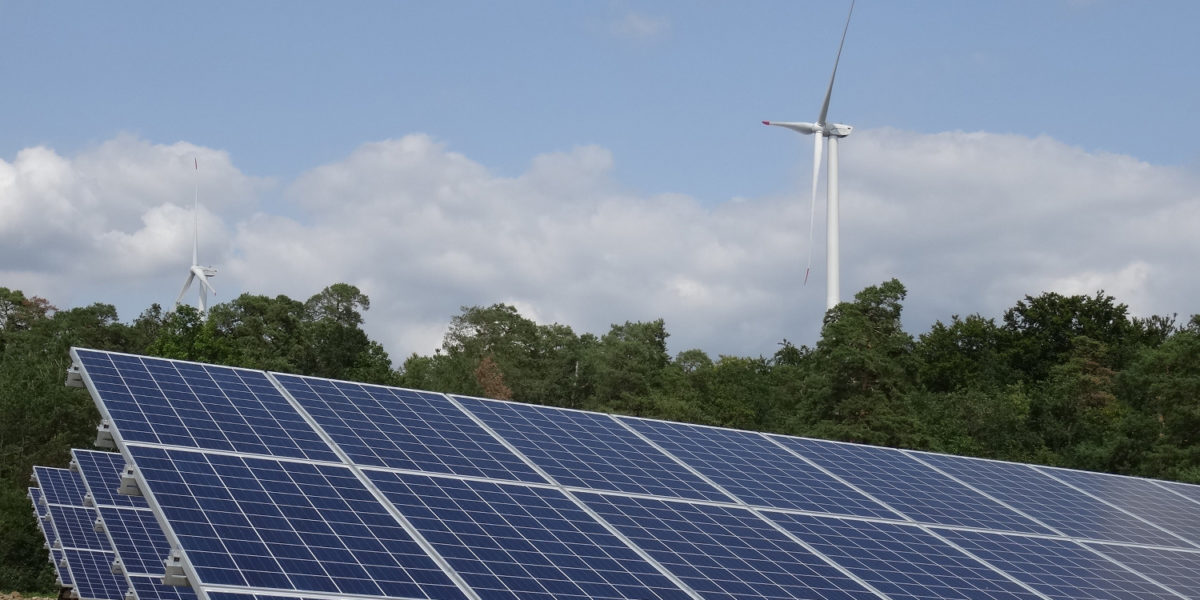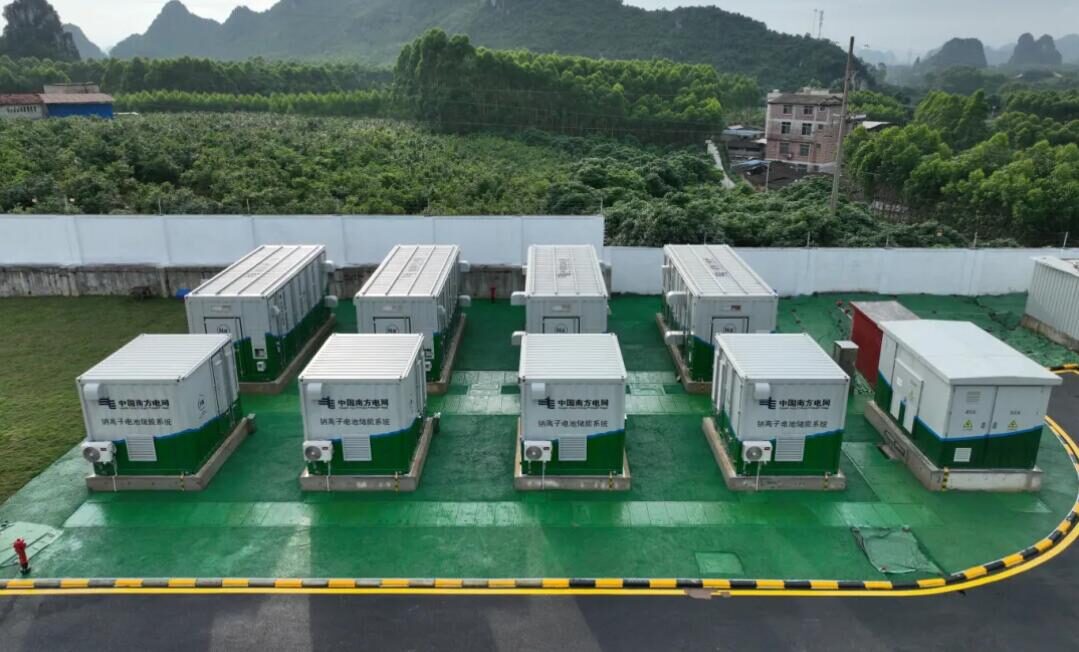Renewable energy power plants installed in Portugal were able to produce around 4,812 GWh in March. This, according to data from national grid operator, Redes Energéticas Nacionais, SGPS, S.A. (REN), exceeded the power consumption of continental Portugal in March, which totaled 4,647 GWh.
This performance, according to local renewable association APREN, represents an unprecedented event for the country’s power system, at least over the last 40 years. “There were, however, periods in which fossil-fueled thermal power plants or imports were necessary for power supply, but this was completely off-set by periods of much larger production from renewables,” the association said.
During the past month, the share of renewables reached its minimum value at 86% on March 7, while the maximum percentage was registered on March. 11 at 143%. On top of this, APREN revealed that over a period of 70 hours, which started on March 9, power consumption was completely covered by renewables; the same happened on March 12.
“These data, in addition to representing a new record for the Portuguese energy market, show the technical viability and the safety and reliability of the national energy system also with a lot of electricity from renewable sources,” APREN said.
Furthermore, the association highlighted how the higher penetration of renewables is contributing to significantly lower power prices on the electricity market. According to APREN, in fact, average power prices on the daily market dropped around 10%, from €43.94/MWh in March 2016, to €39.75/MWh in March of this year.
The remarkable performance of renewable energies for the last month, however, was mainly attributable to wind and hydropower, which accounted for 42% and 55% of demand, respectively, while solar, which is relatively limited in terms of installed capacity, is still included among the country’s minor renewable energy sources.
In 2017, however, PV was able to cover around 1.7% of the country’s power production, according to recent statistics released by REN.
Popular content
At the end last October, meanwhile, Portugal’s total registered renewable energy generation capacity reached 13.6 GW. Hydropower comprises the largest share with around 7 GW, followed by wind at 5.3 GW, biomass at 564 MW and PV at 478 MW, according to the Portuguese Directorate General for Energy and Geology (DGEG).
Of the registered PV capacity, however, only around 300 MW are currently connected to the grid, according to local financial newspaper, Expresso.
In order to increase solar's share, the Portuguese government is currently planning a new solar plan aimed at supporting large-scale projects without direct incentives.
This content is protected by copyright and may not be reused. If you want to cooperate with us and would like to reuse some of our content, please contact: editors@pv-magazine.com.




By submitting this form you agree to pv magazine using your data for the purposes of publishing your comment.
Your personal data will only be disclosed or otherwise transmitted to third parties for the purposes of spam filtering or if this is necessary for technical maintenance of the website. Any other transfer to third parties will not take place unless this is justified on the basis of applicable data protection regulations or if pv magazine is legally obliged to do so.
You may revoke this consent at any time with effect for the future, in which case your personal data will be deleted immediately. Otherwise, your data will be deleted if pv magazine has processed your request or the purpose of data storage is fulfilled.
Further information on data privacy can be found in our Data Protection Policy.